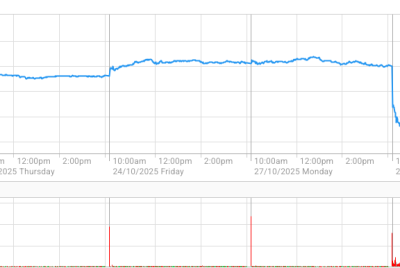Australias Living with Heart Failure Rose to 500,000

Australia is facing a heart failure epidemic as researchers discovered that 500,000 Australians live with the condition. According to lead researcher Professor Simon Stewart of the Baker IDI Heart & Diabetes Institute, one in 20 Australians have heart failure.
Researchers said heart failure is often misunderstood as similar to heart attack. However, heart failure is not a sudden event but a chronic condition that makes it difficult for the heart to pump enough blood for the body.
Experts said heart failure may vary in severity, but those afflicted with the condition experience shortness of breath, insomnia and fatigue. Although researchers said heart failure can be treated with drugs, the heart may be damaged permanently. The brain and kidneys may also be affected in the process.
Research findings revealed that 500,000 Australians have heart failure which is higher than 350,000 in 2002.
Doctors said when a person is hospitalised with heart failure, the patient's health may further deteriorate and have low chances of living five years than a woman with breast cancer.
Stewart said Australia will need to develop a strategic plan, which would include screening and prevention.
Heart failure is often confused with cardiac arrest, but the two are different conditions. Cardiac arrest is one of the most common causes of mortality in Australia. Health experts believe thousands of deaths can be prevented if the public is aware of the basic information about cardiopulmonary resuscitation (CPR). According to an ABC report, only 9 per cent of people who had cardiac arrests survive. The survival rate for the rest of the world is 50 per cent.
Cardiac arrests happen when the heart stops pumping blood necessary for body circulation. It can be triggered by trauma, drowning, ceryain drugs or heart attack. As these conditions exist, there is a possibility of death among Australians, according to reports.
Paul Middleton, an associate professor and an emergency medicine expert for Sydney's Manly Hospital, will lead the campaign to improve the survival rate of Australians in case of a cardiac arrest. He said the estimated number of people who die from cardiac arrest range from 20,000 to 30,000. Compared to Australia's 9 percent survival rate, the U.S.' Seattle has 56 per cent chances of survival.





















